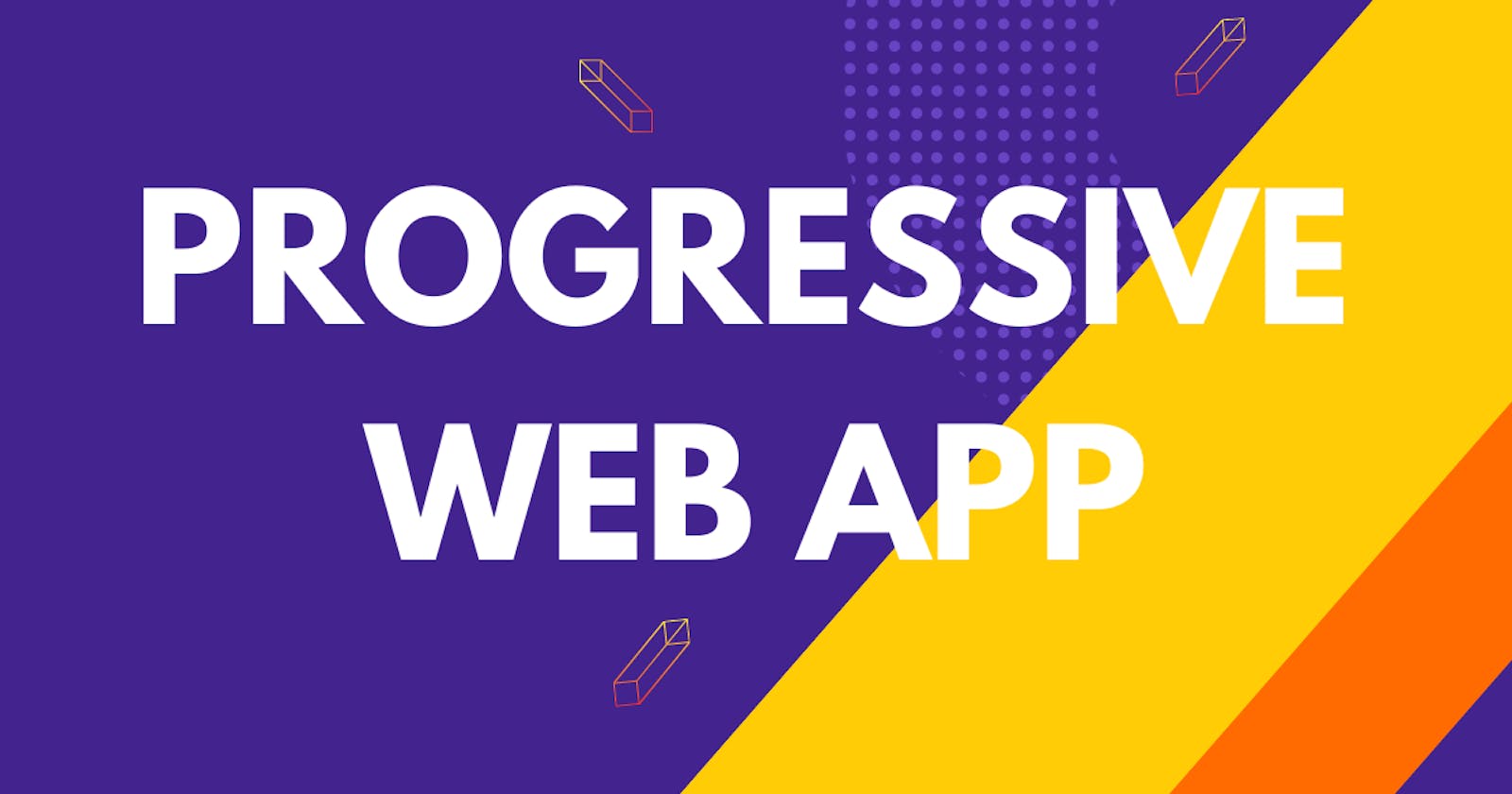1. Opening
Progressive Web Apps is the new concept introduced by Google in 2015. PWAs are used to give users a native app experience through web technologies.
PWA is a vital topic in web development as it is the future of many web applications and is being pushed hard by big companies. PWAs offer a new perspective on what the the web is and how it might even eliminate the need for many native apps due to PWAs being cross-platform and being more easily installed compared to native apps while still being useful straight from the browser without installing at all.
2. Background
Since the introduction of smartphones, an increasing amount of people have started using them to access the web instead of a computer. The result of this growth in mobile users is that it sparked the discussion about a mobile-first approach. This approach means prioritizing the mobile experience over the desktop version.
The mobile-first approach gives a few challenges. Smartphones are typically connected to the internet using a limited and capped mobile connection, as well as having limited hardware performance compared to desktop computers. These limitations lead to having to make compromises and cut down on unnecessary elements, animations, and heavy content. These compromises are why starting with mobile when developing is preferred as it lets you build 3 up, instead of strip down. Anything that will work on a phone can be scaled up to a desktop.
PWA is essentially a combination between web apps and standalone programs using web technologies.
3. How its work?
PWAs work like a normal website as they use an URL that can be shared and easily opened and discovered by search engines while also being able to be installed locally by pressing a single button. Using that button, the PWA is added to the user’s home screen, app drawer, or start menu of the user’s device and can then be started from there.
Progressive Web App (PWA) is not a specific feature or formalized standard instead it is more like a paradigm, a strategy, or a collection of browser APIs. The PWA strategy aims at bringing app-like experiences to the cross-platform environment of the web.
- Service workers --- The service worker is a script that runs in the background by the browser, separated from the web page itself, and allows, among other things, control over network requests and cache. Service workers enabled features such as background sync, push notifications, offline use, and others without the need for user interaction. A service worker gets installed by being registered by JavaScript running on the page, assuming all cache succeed to load and all prerequisites are met, including browser support and a secure connection using HTTPS.
- Manifest --- The web app manifest controls app-like settings for the logo, splash-screen color and name, GUI elements like full-screen and address bar, app title, version, description, and more. The manifest is loaded as a JSON formatted .json or .webmanifest file from the head tag in HTML. The main fields required for making a PWA be able to be added to the home screen are background_color, short_name, start_url which defines where to start when the PWA is started, and icons which include multiple sized icons for different places, and display which indicates if the installed PWA should be full-screen (fullscreen), have a minimal UI such as only a title bar (standalone) or with some controls like a back and refresh button (minimal-UI).
4. Current Scenario
Now we will see real-life use cases of PWA by companies with a focus on user interaction and implementations to better illustrate the impact of PWA in practice.
- Trivago - Trivago initially focused on getting its website working offline, setting up notifications, and allowing the PWA to be added to the user’s home screen. These implementations resulted in a huge success for Trivago and so they decided to keep developing it. The result was a 150% increase in repeat visits, a notification system that resulted in a better user re-engagement system compared to their old email-only one, and a 97% increase in users ending up in external hotel offers.
- Uber - Uber is a service that lets its users request a car ride to a given location. For Uber’s PWA, they wanted to provide an app-like experience with focus on weaker devices that might not even qualify for their native app and poor internet connections. Uber ended up with a PWA core the size of about 50KB Gzipped (a compression algorithm) using smart solutions like tiny libraries and minimizing dependencies. This size allows the PWA to be loaded in only three seconds on a typical 2G connection
5. Future N Conclusion
Search on mobile is changing with the introduction of AMP and PWA. Website owners are gaining more traffic, brand visibility, and more conversion with the acceptance of these two new technologies. This will make clear that the future of PWA is extremely bright. More and more businesses are getting eager to accept it.
PWA is in the cradle, it has a long way to go.
Do I need a PWA for my business?
Yes! It can be minor discord for your user to download the app from the play store or app store and accepts the app permissions before using it. For PWA, all the user needs to do is find your website and get launched into the business without downloading anything, and it users a completely native app experience. For more information and project, details visit Website now.
**

